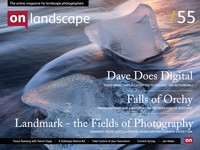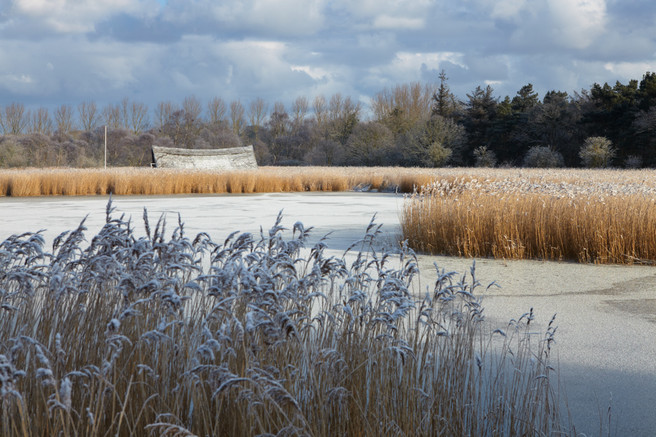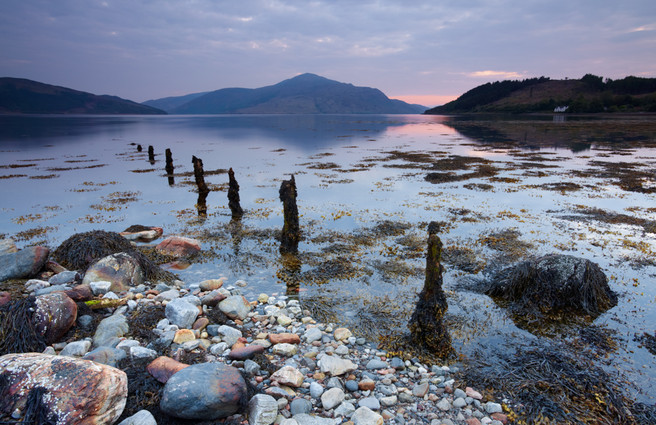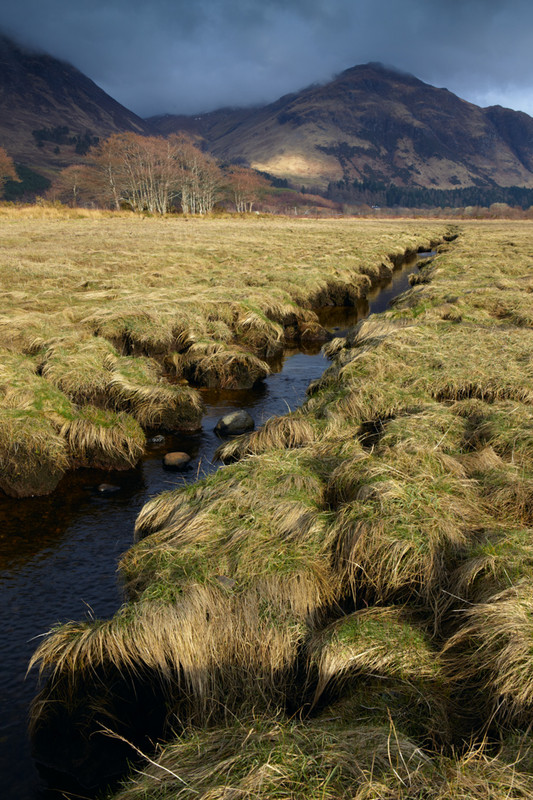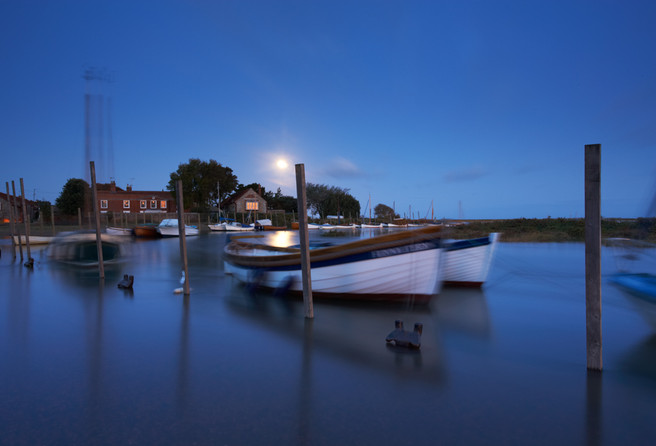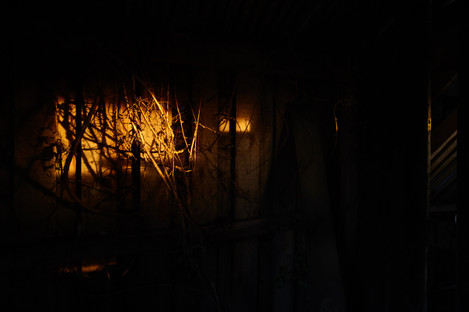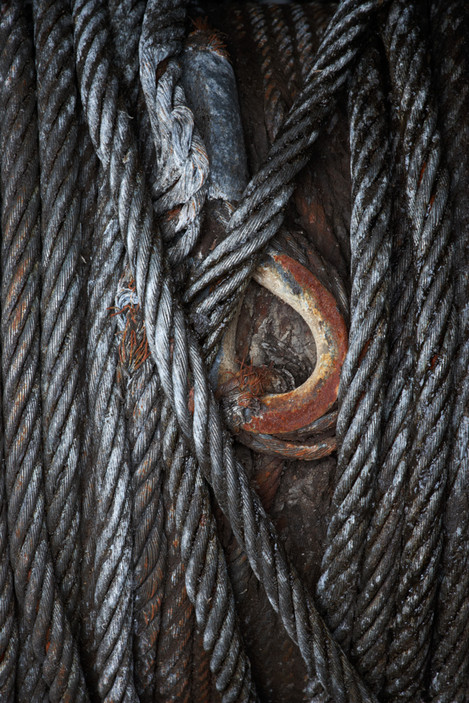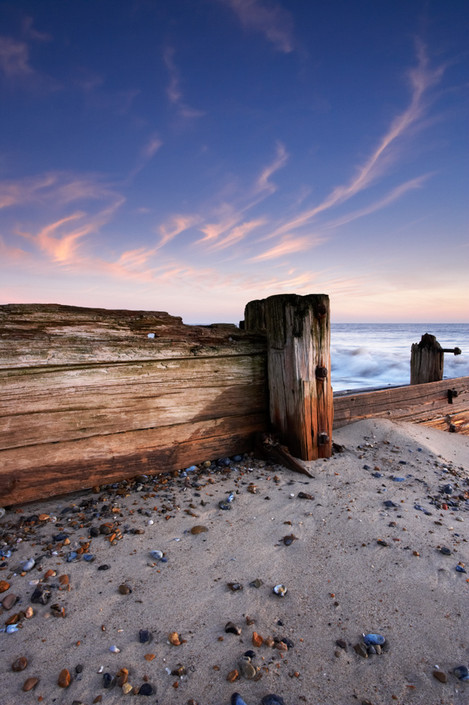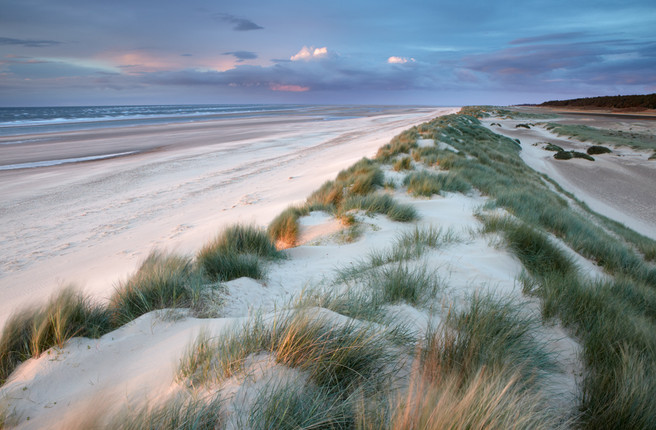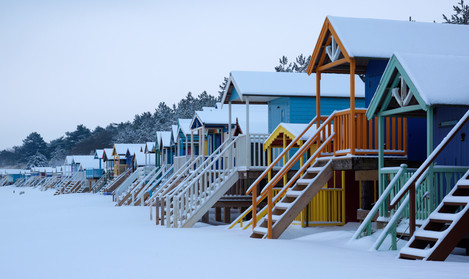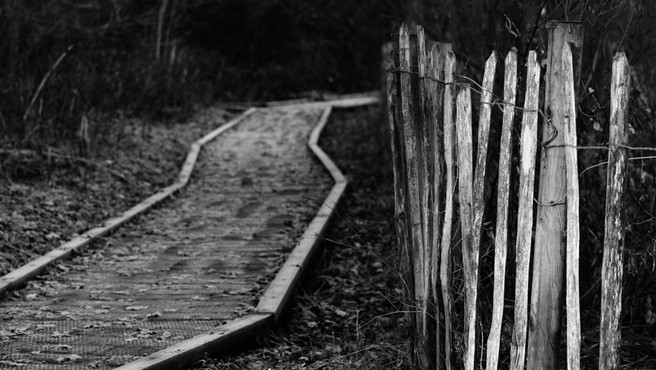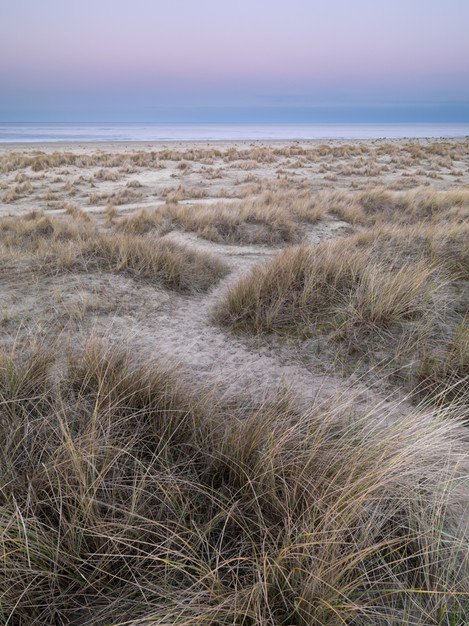Featured Photographer

Jon Gibbs
Jon Gibbs is a professional landscape photographer from Norfolk. Until recently Jon co-ran a photographic gallery in North Norfolk but is now concentrating his efforts on photographic workshops whilst re-thinking his plans for the future. In the past Jon has appeared in numerous magazines and has success in major photographic competitions.

Tim Parkin
Amateur Photographer who plays with big cameras and film when in between digital photographs.
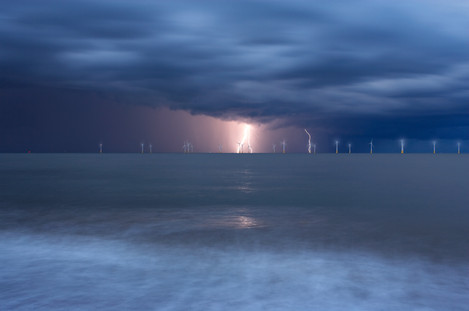 Can you tell me a little about your education, childhood passions, early exposure to photography and vocation?
Can you tell me a little about your education, childhood passions, early exposure to photography and vocation?
It’s safe to say I wasn’t a big fan of school and didn’t work hard at all so probably best to move on from there!
The most enjoyable periods were the school holidays, especially the summertime break which seemed to go on forever. Unlike so many children today my playground was the outside world. When we lived in town or on an estate with fields behind it, I was out as often as possible, lucky for me I was also never more than a five minute bike ride from the sea which I was always fascinated with, I could never imagine living inland, even now, the connection with the coast has remained a strong one and this very much applies to my photography also.
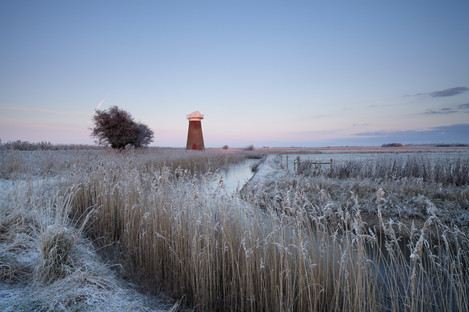 In my early teens I had started to get into photography and this was one of my big interests along with football and music, both listening and playing. Though I didn’t study photography at school I had joined a new camera club in my village and after owning a few simple cameras such as a 126 Cartridge Film from Boots and then a Chinon 35mm fixed lens (I was obsessed with the motor winder sound!) I was lucky to receive on my birthday, my first SLR, a Pentax MX, fully manual. I still have it now and I imagine it would still work absolutely fine.
In my early teens I had started to get into photography and this was one of my big interests along with football and music, both listening and playing. Though I didn’t study photography at school I had joined a new camera club in my village and after owning a few simple cameras such as a 126 Cartridge Film from Boots and then a Chinon 35mm fixed lens (I was obsessed with the motor winder sound!) I was lucky to receive on my birthday, my first SLR, a Pentax MX, fully manual. I still have it now and I imagine it would still work absolutely fine.
All this was in the days when you sent off your film in a truprint or bonusprint envelope and a few days later you got your prints back and received a free film to load up the camera and start shooting again.... magic!. That’s a lovely time in photography, when you are just starting out and you do not have any outside influence and you just shoot what takes your fancy.
In my late teens photography then took a backseat for many years with music and football taking over as my main passions. I would still take pictures on holidays but photography would not come back as a main interest until just before the turn of the millennium.
what are you most proud of in your photography?
In simple terms I have to be proud because I have made it my job/career, that doesn’t mean I do not think to myself frequently, ‘what have you done?’, I am too old to change now anyway so I think I better stick with it, but it’s tough. There are a lot of very talented people out there and it seems the learning process with the digital format has enabled photographers to become very skilled, at least in the technical sense, very quickly.
I am very lucky and I have to keep reminding myself of that fact, I am a co-owner of a photographic gallery where I show my work and am lucky enough to have people buy my work to display in their homes, that is a lovely compliment which I never take for granted. It is strange as we have a lot of very affluent people with jobs in the city calling in at the gallery and they are often jealous of what I do, I suppose they are confined to desks, to an extent I am also but I get to call the outside world/landscape my office too. You can’t put a price on that.
One of the other factors I take pride in is that I have always tried to be a very naturalistic photographer, I mean that in terms of the look of my images. There are so many temptations in the form of programmes and software with all the bells and whistles to improve the look of your images but I have tried to avoid too much of that, I guess that stems from my initial work in film.
In most photographers lives there are 'epiphanic’ moments where things become clear, or new directions are formed. What were your two main moments and how did they change your photography?
After a few years of using whatever film came back in the aforementioned print envelope from the labs, I decided after seeing some of the wonderful vibrant images that I had perused over in the photographic press that it was time to have a go at slide film.
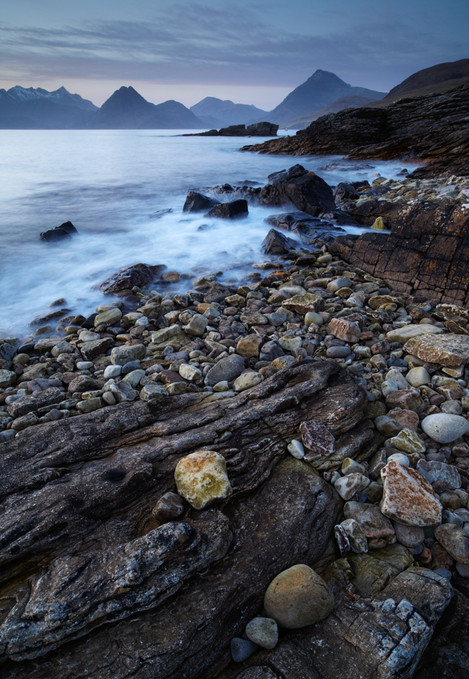 I remember where I took the images on my first foray into the world of slide film photography. It was Great Yarmouth Seafront (oh the glamour!), it was a winter morning with wonderful clear crisp light and I was simply walking along the beach photographing the piers and all the shapes and colours that a seaside resort provides.
I remember where I took the images on my first foray into the world of slide film photography. It was Great Yarmouth Seafront (oh the glamour!), it was a winter morning with wonderful clear crisp light and I was simply walking along the beach photographing the piers and all the shapes and colours that a seaside resort provides.
But of course I am not talking 2013 here, so there was no immediate feedback from a digital screen. I had read about the very much decreased exposure latitude of slides and was hoping to get maybe a couple of keepers. When that little plastic box came through the letterbox I took the slides upstairs and held them up to the light from a window (I really miss that anticipation), WOW, contrast, colour, no, it was amazing colour and that was it, no more print film, my photography had moved on and I studied more intently how to expose correctly for slide film.
My second ‘epiphanic’ moment stems from a family holiday. We stayed at the caravan site at Saltwick Bay, North Yorkshire in June 2006 for a week and I photographed the bay in the morning and evening for most of that week.
I have never witnessed so many different moods in the weather over the space of a week. Making images in that relatively small area over that short period taught me a lot about the importance or light, revisiting locations and how different one location can look day to day, which is particularly relevant to coastal photography.
The images I got from that week were incredibly varied and unlike many of my images I still have on hard drives from that period I am still very proud of the Saltwick shots. They really were like a shot in the arm for me and helped to cement a confidence in my photographic abilities.
Saltwick Bay is a long way from my home but I have kind of adopted that keep going back mindset for two areas special to me in my local area,namely Holkham Bay and Winterton, they have become somewhere I go to practice and to really enjoy my photography without any need/pressure to produce a new image.
Tell me about why you love landscape photography? A little background on what your first passions were, what you studied and what job you ended up doing
I can’t give an original answer to this question as I am sure this is probably what makes up 99% of the responses, I just love being outdoors breathing the air, watching the weather and doing my best to try and capture and interpret the landscape and the light with my digital box of tricks.
Landscape Photography and Photography in general gives the individual a wonderful gift, to see the world differently from others. For me it was also my escape from work in the retail sector. My escape used to be football (I may be mild mannered but not on the football pitch!) but when I stopped playing something had to fill the gap, and that’s where photography came back in, it gave me a wonderful pastime and an incentive to get out and about and not be confined by the four walls of my home after the working day had finished.
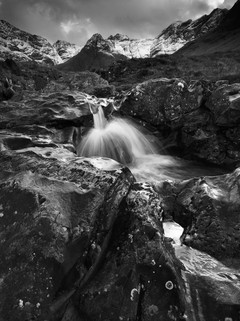 I am sure any landscape photographer both professional or amateur will tell you there is nothing worse than being stuck indoors and seeing beautiful light outside the window and not being able to get out there to experience it. This started to happen on so many of my workdays.
I am sure any landscape photographer both professional or amateur will tell you there is nothing worse than being stuck indoors and seeing beautiful light outside the window and not being able to get out there to experience it. This started to happen on so many of my workdays.
Could you tell us a little about the cameras and lenses you typically take on a trip and how they affect your photography.
At present I use two systems.
I have a Canon 5d mk 2 which really is a quite wonderful camera, I would never sell it. The lenses I use with it are a Carl Zeiss Distagon 21mm and the Canon L series 24-70mm Mark 1 version. I have recently sold a 70-200 Canon as I was rarely using it .
The Carl Zeiss is a superb lens and sees great detail and colour, a major snag is the moustached distortion but I take that as a trade off and it can be fixed though unfortunately at the expense of a loss in image quality. I am hoping to invest in some more Carl Zeiss glass as soon as funds allow as I would prefer to use all prime lenses, another lens on the purchase radar is the Canon 24 TSE.
I shoot landscape images with the Canon using filters so very much a traditional style and it is probably the camera I use 75% of the time for ease and speed of use.
My other system is a Hasselblad MF Digital, a secondhand model, things are not that good! . It seems odd to say this but it is only 39 megapixel model and in all honesty is probably considered old technology now.
I use this camera with a Hasselblad 28mm and 80mm lens. There are days when I adore this camera and days when I hate it with a passion. It is slow to use and I wouldn’t want to use it in a howling gale at the coast with sea spray all around, it’s not really very weatherproof and it’s not a true landscape camera but if you get it right, the files are superb. I have found you have to be very wary of highlights, do not burn them out at all costs.
After a year of using the Hasselblad I am quite settled in with a system of shooting images using focus stacking. I am still using filters with the Hasselblad but on my last few shoots I have been experimenting with shooting the focus stack images and then a separate sky image and combining. That’s something I never thought I would hear myself say.
The choice of system I am using on a particular day will greatly affect how I approach the images, with the Canon I will take more images and am more likely to try experimental stuff. On the other hand the Hasselblad will make me work more slowly and considered. Both cameras bring out two very differing approaches.
What sort of post processing do you undertake on your pictures? Give me an idea of your workflow..
Simplicity is the key to my processing. I have never really learned the ins and outs of all the possibilities that photoshop and other software can provide. If an image takes too long to process then I see it that I must of made an error at the taking stage or simply the image doesn’t work for me.
I use Capture One for my Canon files. There really aren’t any major tricks going on. I will check exposure and white balance. Add a little contrast via a curve and then export it out to photoshop where if I’m feeling really adventurous I may use a curve adjustment layer to lighten/darken or add contrast to a selective part of the image. I use this frequently for filtered skies when for example a three stop filter will do a great job holding back the lighter part of the sky but unnaturally darkens another part.
In complete contrast the Hasselblad files take a little more work. I find the Phocus software a little laborious but it does provide lens corrections which are essential for my 28m lens. As per my 5d processing I do as much as I need to without going over the top.
Images are exported to photoshop and focus stacked images are put through Helicon Focus which does a great job. A lot of my photography is coastal which involves lots of movement whether it be the sea or marram grass blowing in the wind. Focus stacked images need close scrutinisation but the joy of Helicon is that you can switch easily between the separately focussed images to remove conflicting parts. If you fail to do this you could find for example lots of half stalks of grass in mid air where the software hasn’t been able to do the combination 100% accurately.
All this work for the Hasselblad images means I have to be far more selective with what I process. The bonus of this is that I shoot a lot less images with the Hasselblad and therefore this doesn’t add to my growing number of backlogged images.
Do you get many of your pictures printed and, if at all, where/how do you get them printed?
Unfortunately I do not print anything myself, it is a skill I would like to learn, I still have an Epson 2100 but it is a stored away . In a way it is a pity that I cannot control the whole image making process from capture to print but in all honesty I probably couldn’t afford to set up a printing system I would be happy with plus I am also happy with the results I get from the labs I use. There is the time factor also.
I use two labs BPD Photech and Pro Am. BPD do all the large images for the gallery and they are all bonded onto card and their work has always been to a very high standard.
I also use Pro Am in Bradford who produce smaller prints for the gallery, the kind of souvenir type images. The images are unbelievably good for the price, though in truth not to the detailed standard of BPD but if you do not do your own printing they are a great option.
What do you hope to express most with your photography and do you think this is changing or has changed as you become more experienced?
As I am sure you have worked out I am a photographer with a simple approach, I am not trying to make anyone look deeply into my work, I merely photograph what interests me whether it be a wide vista or a pile of fishing nets. If people like it then that's great, if people buy them from the gallery or website then that is a bonus because someone has connected with how you are thinking and how you see the world. In all honesty a lack of confidence sometimes prevents me from putting certain work on my site, unfortunately website statistics also shows that these more experimental or abstract moments are not too popular either, on my site anyway!
I think you have hit the nail on the head with the point about experience, I do lack confidence as mentioned but not with my photographic abilities and more than ever the possibilities brought about by new photographic technology and the influence of constantly seeing stunning photography on the web help to push you in new directions, as well as getting older! if I can do one thing this year apart from ensuring the gallery runs smoothly it is to adopt another type of photography and try to learn as much about it, whether it will be within architecture or street photography in my seaside hometown, it's important to keep evolving and keep things interesting.
Tell me about the photographers that inspire you most. What books stimulated your interest in photography and who drove you forward, directly or indirectly, as you developed?
I got back into photography just before the Millenium. It all happened in Norwich! I popped into the local WH Smith and I have no idea why but I bought a copy of the long since passed ‘Photo Technique’, the cover image had this striking pyramidial mountain in Scotland on it, the cover image seduced me for want of a better phrase. You’ll find it on p160 of a certain Mr Cornish’s ‘Scotland’s Mountains’.
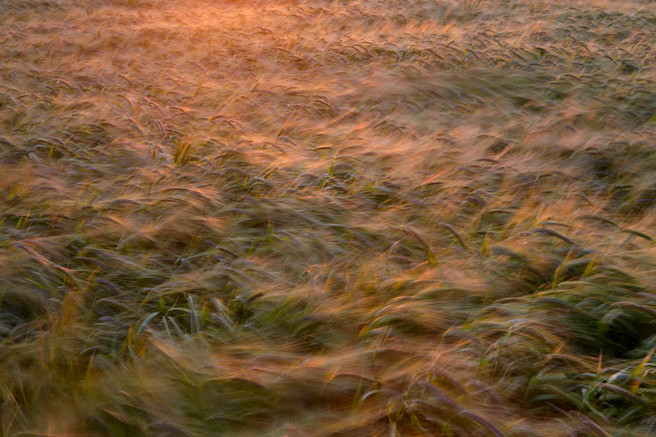 I think it was one of the last few issues of that magazine so I moved onto other publications and read and digested all the technical articles and tried to learn from the images. At that time the magazines were full of images by todays most respected UK photographers such as Joe Cornish, David Ward, David Noton, Charlie Waite and Lee Frost, all these photographers words and work greatly inspired me. The magazines were also about the technical side of exposure back then highlighted with stunning photography taken on, no doubt, slide film. No wall to wall photoshop articles back then on how to resurrect pictures and add skies.
I think it was one of the last few issues of that magazine so I moved onto other publications and read and digested all the technical articles and tried to learn from the images. At that time the magazines were full of images by todays most respected UK photographers such as Joe Cornish, David Ward, David Noton, Charlie Waite and Lee Frost, all these photographers words and work greatly inspired me. The magazines were also about the technical side of exposure back then highlighted with stunning photography taken on, no doubt, slide film. No wall to wall photoshop articles back then on how to resurrect pictures and add skies.
As for the photographers who work I admire and who inspire me today, it’s probably still the ‘old guard’ mentioned above and some photographers who I have since become admirers of such as Hans Strand and Daniel Bergmann. These guys work drive me on because I aspire to get close to their standard one day.
The one thing I would like is an extensive photography book collection but unfortunately that is beyond my economic means, suffice to say my copies of First Light and Landscape Beyond are very well thumbed,they remain as an important reference point for me today as when they first came out.
Tell me what your favourite two or three photographs are and a little bit about them.
I have chosen this photograph for it’s nostalgia value. South Beach was where I used to practice my photography, getting to know the ins and outs of filtering and shutter speeds. The location no longer exists as the beach was used for the Outer Harbour development and the wonderfully weathered groynes were all ripped up and un ceremoniously piled high beside the new development. A simple image made pleasing by the quality of the light.
I had to include a picture of this wonderful place. This was an amazing May evening and what I remember was that the look of the clouds and the relatively high wind did not hint at the light that was to come. The place was deserted, and that is a big place to be deserted. The light and cloud colours just got better and better, it was a really long session and I got many images that are popular in the gallery to this day so a great evening and best still I was alone to witness it.
If you were told you couldn’t do anything photography related for a week, what would you end up doing (i. e. Do you have a hobby other than photography..)
Firstly I had better do the odd jobs around the house that haven’t been done because I’m either at the gallery, on the computer processing or taking pictures.
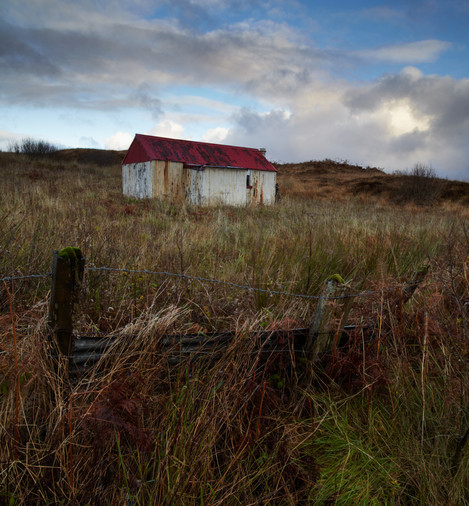 When I have done those jobs I would go on an intensive Archery course. I have been fascinated by Archery for a while and I have never tried it and have promised myself I will have a go in the future.
When I have done those jobs I would go on an intensive Archery course. I have been fascinated by Archery for a while and I have never tried it and have promised myself I will have a go in the future.
The other possibility would be to write some songs or musical pieces. I played in bands up until my late twenties, I miss it sometimes but there is no spare time to dedicate to that but I am always writing lots of unfinished pieces on Garageband on my ipad so perhaps I could have an intensive music week.
A final possibility could be an intensive Italian course. I can probably do get by Italian as I went to night school for a couple of years. I love Italy and I love the language.
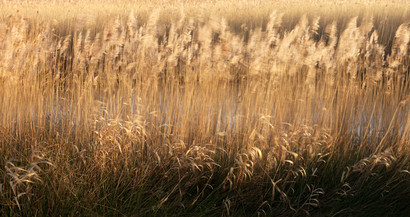 What sorts of things do you think might challenge you in the future or do you have any photographs or styles that you want to investigate? Where do you see your photography going in terms of subject and style?
What sorts of things do you think might challenge you in the future or do you have any photographs or styles that you want to investigate? Where do you see your photography going in terms of subject and style?
I have to be realistic about the future, first and foremost, this all came to a head last year when I did a lot of soul searching about my photography and what I can do next, where I can go with it, how do I keep the interest going?. Knowing your place in the grand scheme of things is important and I know that I am not a great photographer (merely a half decent one I hope) and will never be that famous travelling photographic superstar that I suppose many dream of becoming when they first start out on the professional route.
The main challenge is to keep it going as a career and for me that will inevitably mean diversifying and shooting another style/s of photography. I have dabbled in architectural/interior photography on a small scale and that is perhaps something I would like to learn about more fully with the hope of it becoming another string to my bow, though I will have to do some serious training on the matter. I am a firm believer that whatever you do has to fuel your fire so to speak and I enjoy looking at stunning architecture so that may be a path to tread. It won’t be weddings, I can assure you of that.
One thing I have decided to do this year is to concentrate on my local counties of Norfolk and Suffolk as my work from there will hopefully be the basis of my career now. Stock has in all honesty become a joke and now my trips to any other parts of the UK are merely my escape to shoot a different landscape rather than a vain hope that some of the images may make me some money from stock sales.
I have missed the focus of a book project. I have done three tourist type books of my local region in the past and I would dearly love to produce a book but on a more personal level. A couple of ideas that have entered my mind is a book on Holkham Bay in North Norfolk where I shoot a lot of images, it is a superb location that has become very important to me. Another possibility would be to photograph the stunning sand dune beaches of the UK, now that would be a great project. Just thinking that now makes me want to get in the car and go.
I cannot see my style and subject matter changing too much within the landscape genre. I experiment a lot more and take a lot more inner landscape/studies/abstracts than before but I don’t always put them up on my website, maybe I should be a little bolder.
Who do you think we should feature as our next photographer?
Adam Burton, Ian Cameron, Dennis Bromage, Russ Barnes.
You’ve been running a gallery (Saltmarsh Coast Gallery) for some time, tell us a little about your experiences running this and how that came about.
That first year was tough, we were not in a great location but Wells is such a busy bustling place that we did ok for where we were situated. The place was so full of damp from when the major floods of the early 50s and 70s had penetrated the walls that we had to remove the pictures off the wall every night to stop them curling. We didn’t have the economic funds to get our work flat bonded at the time!
Luckily a year and a half later we had moved onto our new premises on Staithe Street , the main shopping street in town. It’s been going well, I think the recession kicked in for us a bit last year and I think this year will be tough but we are paying ourselves and keeping ourselves above water and that’s all that matters. I think a secret to our success is offering reasonable prices and a product for every economic level. An extra nought on the end of the picture’s price is no good if it’s just going to gather dust.
The only other thing I will say about gallery life is that I have just about heard every put down possible about our work. You certainly need a thick skin, everyone is a photographer nowadays and if I had a pound for every time I have heard ‘Your pictures are better than this dear’, ‘That much for a bloody photograph’, ‘It’s all manipulated, the colours would never be like that’ etc etc I could probably buy myself a new Hasselblad. I am sure their are many on the craft fair/gallery circuit who can empathise.
Norfolk doesn’t get a huge amount of love in landscape photography circles - tell us a little about why you think people should visit and can you tell us where a couple of your own hidden gems are.
We are constantly bombarded with images from spectacular and dramatic locations via the photographic press and the social media world. Unfortunately Norfolk is not one of those places that fits that criteria.
It’s a great pity, though it does mean I have less chance of bumping into vast hordes of tripods at Holkham Bay when I’m trying to enjoy my photography.
Norfolk has a very varied landscape, the coast has wonderful expansive beaches backed by stunning sand dunes, saltmarshes, mudflats, shingle beaches, cliffs, yes there are cliffs ( possibly the most distinctive cliffs in the UK at Hunstanton), harbour villages and seaside resorts, I would imagine that would be enough variation for anyone.
Inland the landscape can be flat, it can be a tough place to photograph especially if there is nothing particularly interesting in the sky but there is the Broads National Park which for me looks beautiful in the winter and is best avoided in the summer unless you are shooting at sunrise and the rolling countryside inland from the North Norfolk Coast.
The gems for me are the beaches, especially my two ‘practice locations’, Holkham Bay and Winterton. Holkham is my favourite though.
Holkham is vast and can be a real challenge to put across the feeling of space and freedom one gets as you walk out onto it’s sands in a photograph. It. I have been here with workshop clients and many ask, ‘how do I put this place across in an image and sum up what I’m feeling?’
Within it’s boundaries you can photograph large sand dunes, saltmarshes, pinewoods with bizarrely shaped trees and if you are lucky catch the horseshoe shaped area known as Holkham Gap fill up with a high tide, a wonderful site, but most of all it’s about space and experiencing whatever weather is present at the time.
Another gem is Brancaster Staithe. It’s a small harbour with all the fishing regalia laying about in that haphazard way that these types of places are so often like, mixed with the sailing boats of the more affluent members of the community. It’s a great all round location, there are wide vistas to shoot at high or low tide and for those who like shooting more abstract type of shots there are enough shapes, contours, surfaces and colours to amuse yourself for hours amongst the fishermans huts.
I would say that the main appeal for Norfolk would be it’s Coast, I think many of you would be pleasantly surprised by a visit there.
A big thanks to Jon for a great set of answers. You can see more of Jon Gibbs photography at his website, the Saltmarsh Gallery, Facebook, Flickr stream or Twitter. You can view his 4x4 landscape photography portfolio here.

